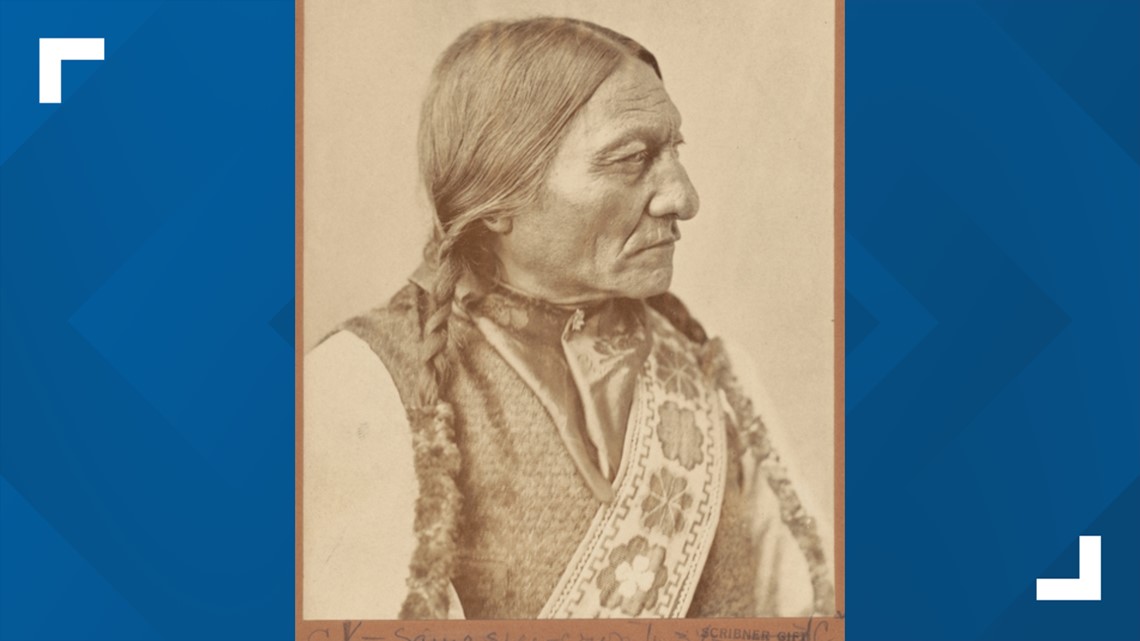WASHINGTON — The great-grandson and closest living descendant of legendary Lakota Sioux Chief Sitting Bull has been identified thanks to a new DNA technique and hair that had been in storage at the Smithsonian Museum in D.C. for years.
In a press release from the University of Cambridge, scientists said this was the first time ancient DNA has been used to confirm a familial relationship between living and historical individuals.
The confirmation was made possible using a new method to analyse family lineages using ancient DNA fragments, developed by a team of scientists led by Professor Eske Willerslev of the University of Cambridge and Lundbeck Foundation GeoGenetics Centre. The results are published Wednesday in the journal Science Advances.
The technique searches for ‘autosomal DNA’ in the genetic fragments extracted from a body sample. Since we inherit half of our autosomal DNA from our father and half from our mother, this means genetic matches can be checked irrespective of whether an ancestor is on the father or mother’s side of the family, researchers said.
Autosomal DNA from Lakota Sioux leader Sitting Bull’s scalp lock was compared to DNA samples from Ernie Lapointe and other Lakota Sioux. The resulting match confirms that Lapointe is Sitting Bull’s great-grandson, and his closest living descendant.
“Autosomal DNA is our non-gender-specific DNA. We managed to locate sufficient amounts of autosomal DNA in Sitting Bull’s hair sample, and compare it to the DNA sample from Ernie Lapointe and other Lakota Sioux – and were delighted to find that it matched,” said Professor Eske Willerslev in the University of Cambridge’s Department of Zoology and Lundbeck Foundation GeoGenetics Centre, senior author of the report.
It took the scientists 14 years to find a way of extracting useable DNA from the 5-6cm piece of Sitting Bull’s hair. The hair was extremely degraded, having been stored for over a century at room temperature in Washington’s Smithsonian Museum before it was returned to Lapointe and his sisters in 2007.


Until this study, the familial relationship between LaPointe and Sitting Bull was based on birth and death certificates, a family tree, and a review of historical records. This new genetic analysis provides an additional line of evidence to strengthen his claim.
Lapointe believes that Sitting Bull’s bones currently lie at a site in Mobridge, South Dakota, in a place that has no significant connection to Sitting Bull and the culture he represented. He hopes to use the new evidence of bloodline to rebury Sitting Bull at a more appropriate location.



